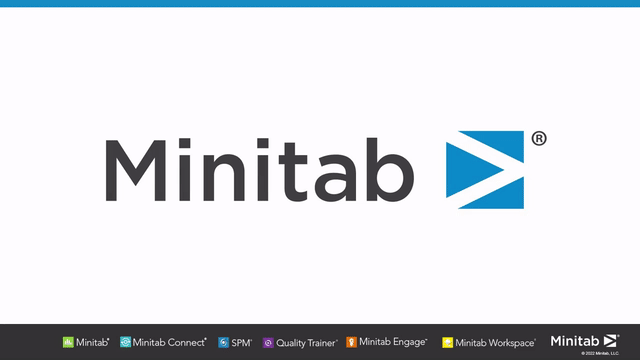Optimizing inventory, like most problem-solving, requires a thoughtful process and a few steps. Naturally, the easiest way to prevent backorders is to always have a lot of inventory on hand. There are ramifications for not optimizing inventory, though. By overproducing and maintaining high of inventory levels, products could spoil or even decay. Excess inventory not only creates costs today, it also generates hidden costs later if you need to produce more goods to replace products that sat on the shelf for too long.
There are different ways to calculate your optimization, which we’ll explain below, but at the crux of optimizing inventory are three main steps: brainstorm the factors that impact inventory, collect your data and analyze your data. Before we dive into each step, let’s cover a few basics about backorders.
What is a Backorder and what causes it?
Put simply, a backorder means that a product cannot be fulfilled or delivered because it isn’t in inventory. That may occur because the demand for the product is higher than anticipated, or inventory levels were too low to meet the current demand.
Are Backorders Bad for Business?
In one word, yes. We’re all customers of sorts and none of us feel good when a product or service we want isn’t available. It not only hurts the current customer experience but also has long-term implications on your brand and customer relationships.
So...how do you reduce backorders?
Three Steps to Prevent A Backorder
Step 1: Brainstorm the Factors That Impact Backorders…Including Inventory Levels
The largest factor in preventing backorders is your inventory level at hand. If you don’t have enough product in stock, you’re going to experience backorders. But inventory at hand is only one factor. You also need to be aware of all the things that impact a moving supply chain, like inventory in transit, sales forecast, historical sales performance, and even impact from your own suppliers.
So how do you keep your inventory levels high enough to meet customer demand, but low enough that you’re not holding excess inventory? You need to brainstorm the factors that impact your inventory levels. Using structured problem-solving tools like CT Trees or Fishbone diagrams can set you up for success.
Below is a brainstorming tool example using a Fishbone diagram in Minitab Workspace.
 In this diagram, we’re analyzing the factors that could impact inventory.
In this diagram, we’re analyzing the factors that could impact inventory.
Step 2: Collect Your Data
Once you’ve established the critical factors that impact backorders, you’ll want to gather data on them. Recognize that collecting your inventory data probably comes from multiple sources and systems, and the process of requesting and preparing your data can take time. Consider how much data you need to collect.
For example, going back 5 years is probably too much, given all the changes that have occurred over that time period. A few months of data may be more reasonable, so use your best judgement to capture a representative snapshot of your process. You can employ your IT department to help or leverage a powerful data unification tool, like Minitab Connect, to access, integrate and prep your data for analysis.
Want to learn more about Minitab Connect?
Step 3: Analyze Your Data Using Predictive Analytics
Once your data is collected, it’s time for the fun part: the analysis! Traditional business analytics and visualizations may fall short here because the most likely visual to emerge is this: the lower your inventory on hand, the higher the backorder! Since we already know this, what we’re really looking to identify is the following: is there another critical factor that stands out as being a key driver of backorders? Is there an optimal level of inventory that can minimize backorders, without overstocking and overproducing?
So why predictive analytics? In basic terms, imagine creating an equation with all the factors that influence backorders as predictors, and backorders as a response. Just like in high school algebra, these different factors have different weights and in turn, different levels of influence on the outcome. Here at Minitab, we’ve developed solutions specifically to help you solve these problems!
To see an actual analysis in action, check out our video below on ways to use predictive analytics to predict inventory. 



